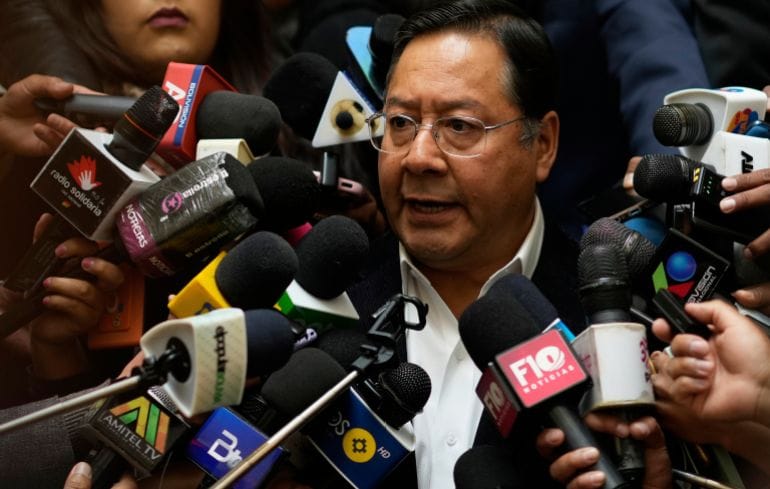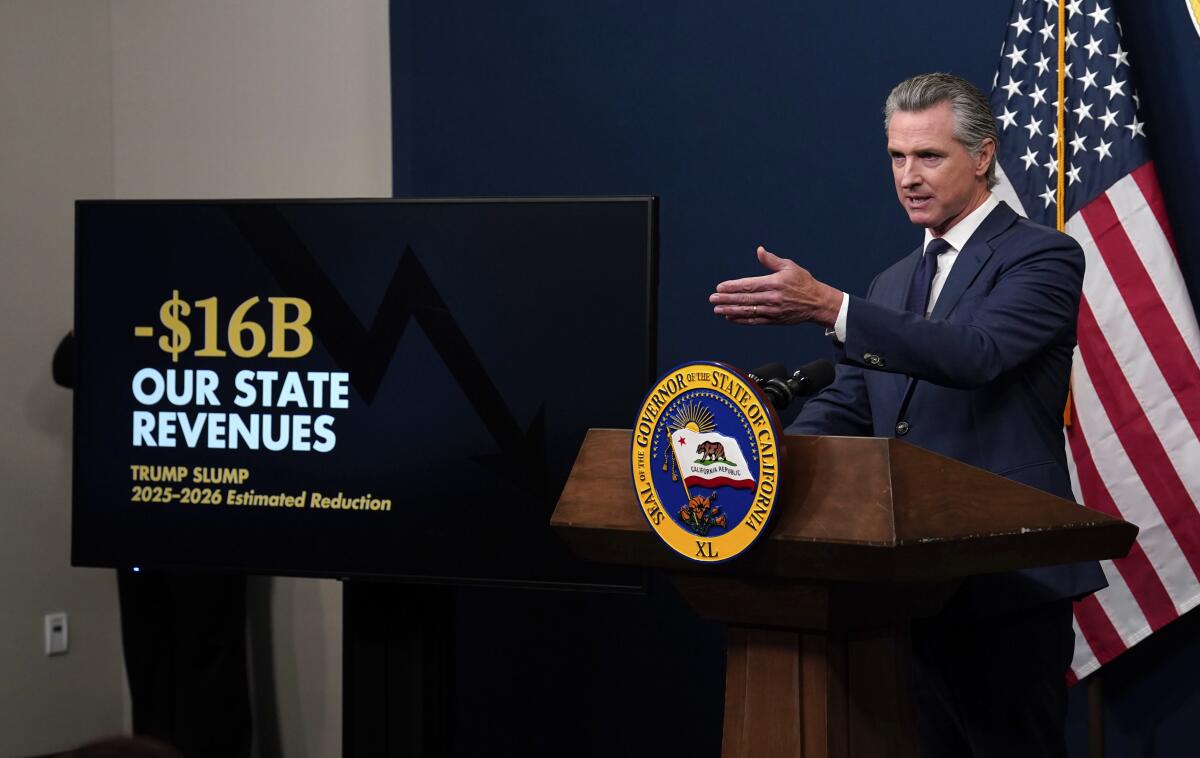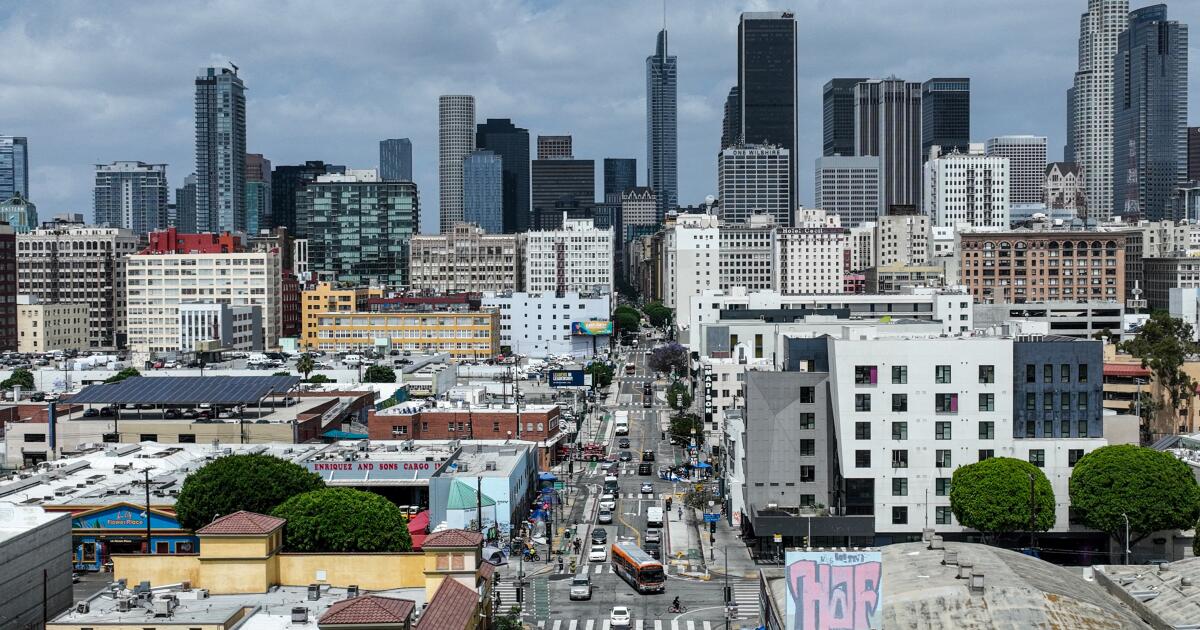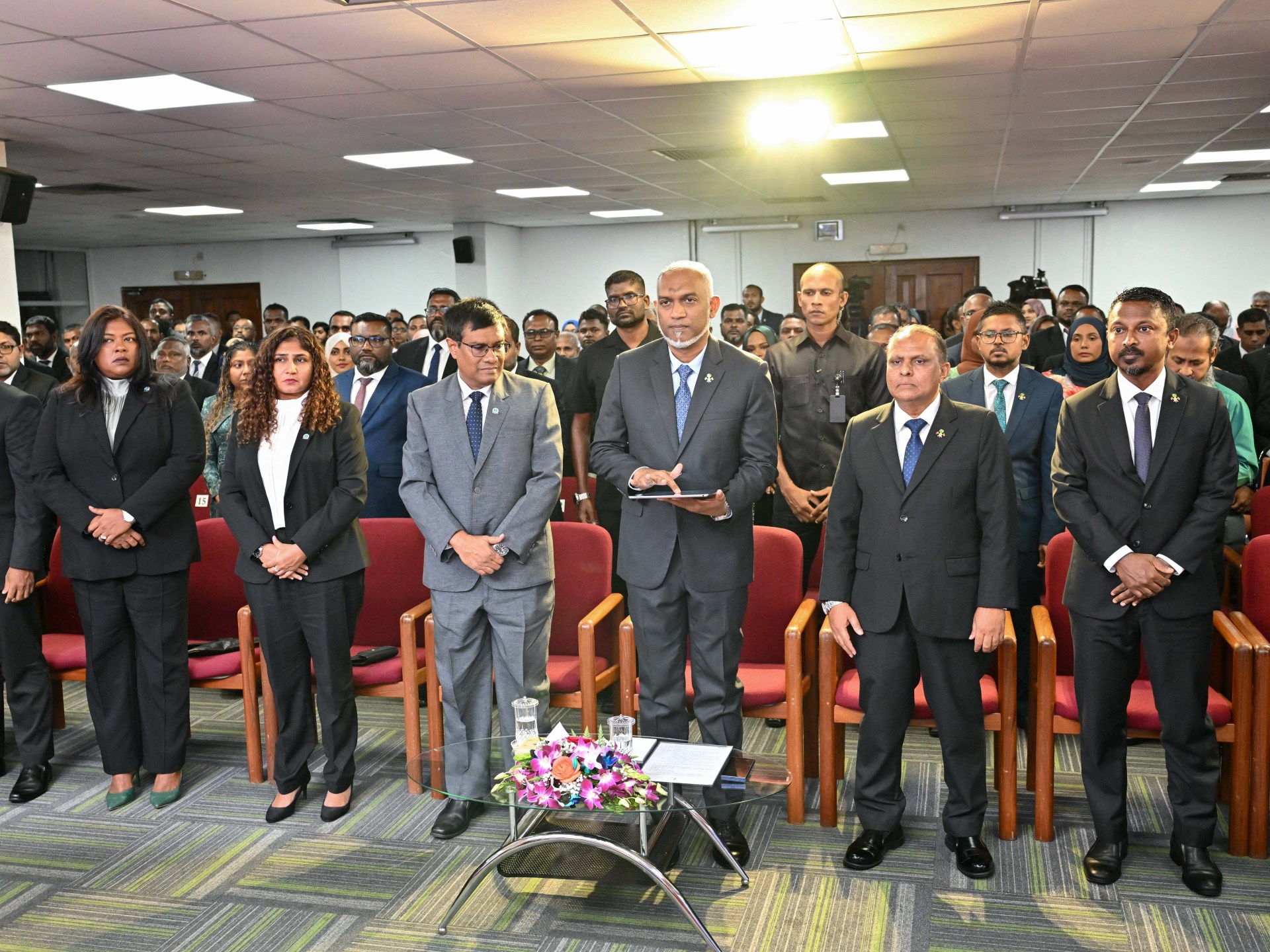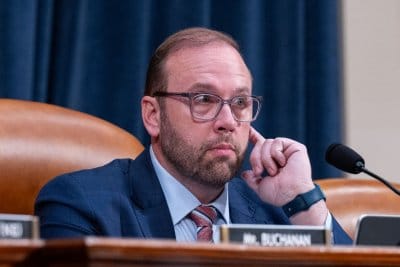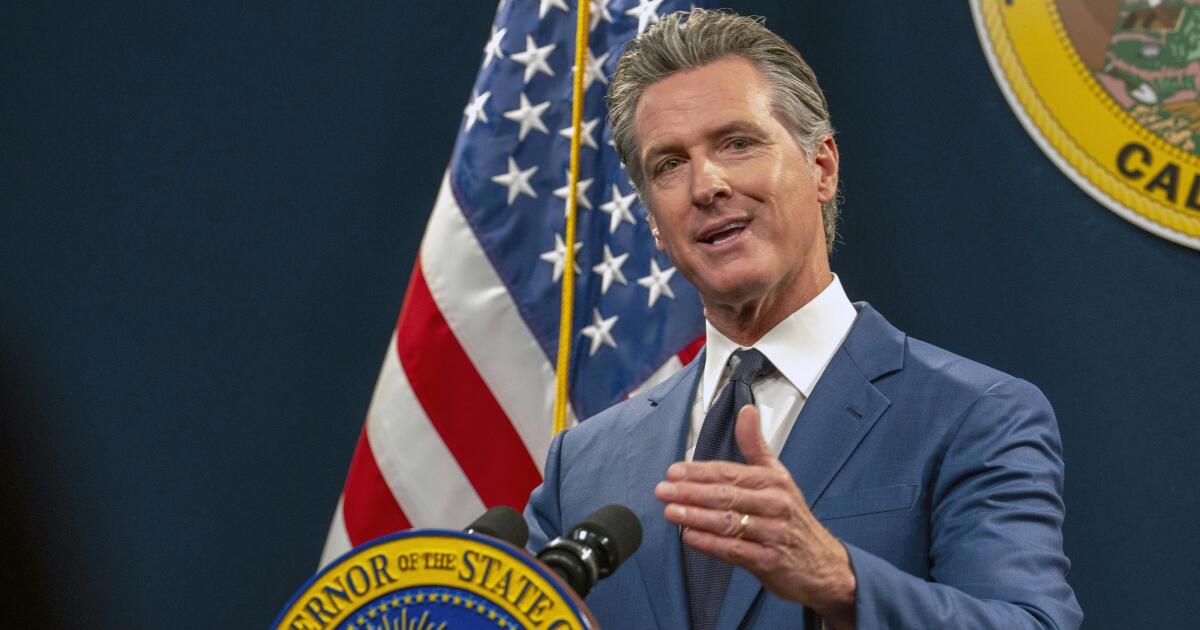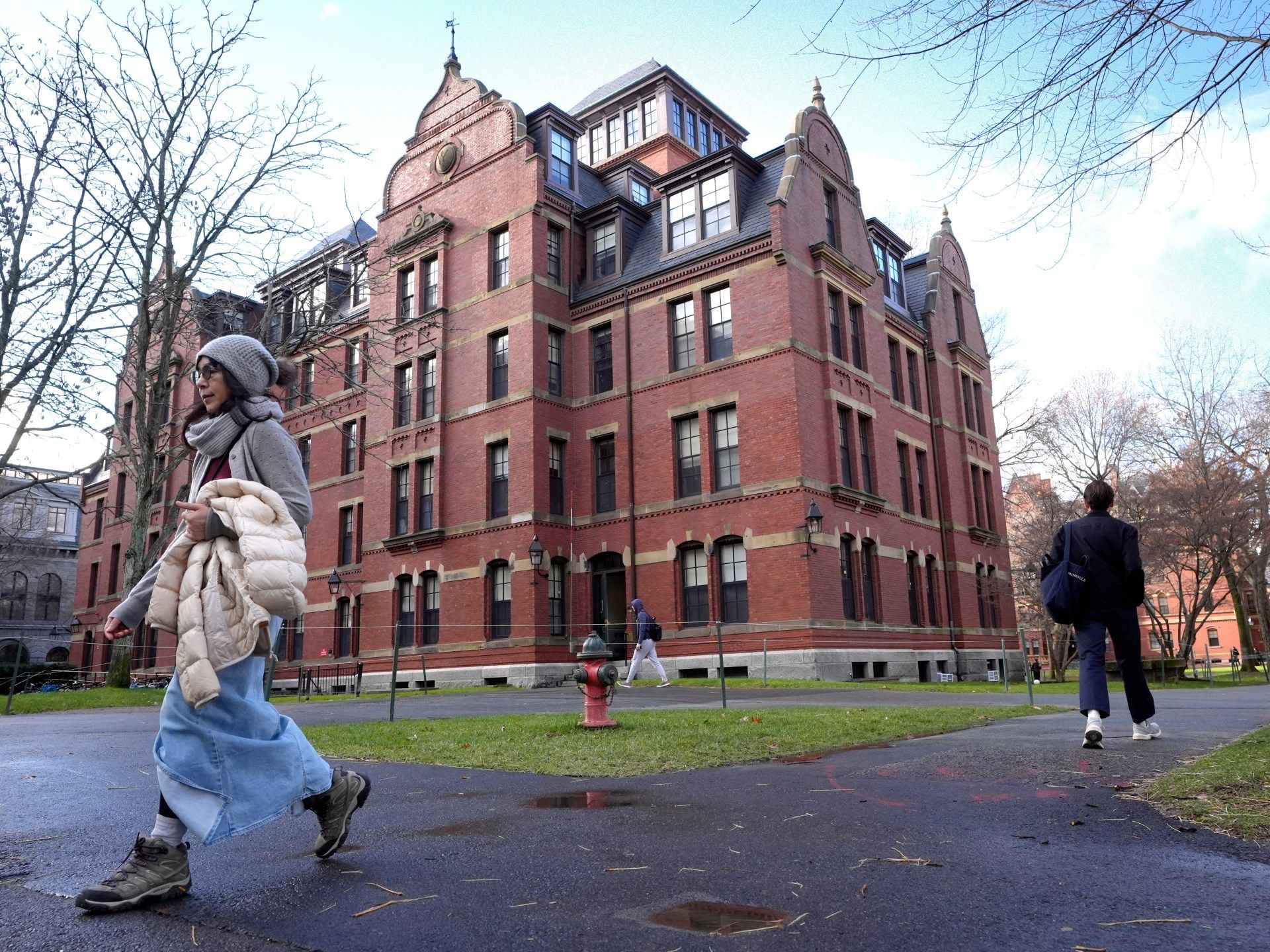Incumbent Luis Arce quits Bolivia’s presidential race amid slumping support | Elections News
As Bolivia hurtles towards a hotly contested August 17 presidential election, two major shake-ups may shape the outcome of the race.
On Wednesday, incumbent President Luis Arce announced he would abandon his bid for re-election after a five-year term defined by turmoil.
“Today I firmly inform the Bolivian people of my decision to decline my candidacy for presidential re-election in the elections next August,” he wrote on social media.
“I do so with the clearest conviction that I will not be a factor in dividing the popular vote, much less facilitate the making of a fascist right-wing project that seeks to destroy the plurinational state.”
That same day, Bolivia’s constitutional court also ruled that Arce’s former political mentor, now rival, Evo Morales, could not run for another term as president, upholding a two-term limit.
But the left-wing Morales, the embattled former president who previously served three terms in office and attempted to claim a fourth, remained defiant on social media afterwards.
“Only the people can ask me to decline my candidacy,” Morales wrote. “We will obey the mandate of the people to save Bolivia, once again.”
The two announcements on Wednesday have added further uncertainty to an already tumultuous presidential race, where no clear frontrunner has emerged so far.

Arce’s decline
Since his election in 2020, Arce has led Bolivia, following a political crisis that saw Morales flee the country and a right-wing president briefly take his place.
But Arce’s tenure has been similarly mired in upheaval, as his relationship with Morales fractured and his government saw its popularity slip.
Both men are associated with a left-wing political party known as the Movement for Socialism (MAS), which Morales helped to found. Since its establishment three decades ago, the group has become one of the most prominent forces in Bolivian politics.
Still, in the lead-up to August’s election, Arce saw his poll numbers decline. Bolivia’s inflation over the past year has ballooned to its highest level in a decade, and the value of its currency has plummeted.
The country’s central bank has run low on its reserves of hard currency, and a black market has emerged where the value of the Bolivian currency is half its official exchange rate. And where once the country was an exporter of natural gas, it now relies on imports to address energy shortages.
While experts say some of these issues predate Arce’s term in office, public sentiment has nevertheless turned against his administration. That, in turn, has led some to speculate that Bolivia could be in store for a political shift this election year.
Arce himself has had to deal with the power of a rising right-wing movement in Bolivia. In 2022, for instance, his government’s decision to delay a countrywide census sparked deadly protests in areas like Santa Cruz, where some Christian conservative activists expected surveys to show growth.
That population increase was expected to lead to more government funds, and potentially boost the number of legislative seats assigned to the department.
Arce also faced opposition from within his own coalition, most notably from Morales, his former boss. He had previously served as an economy and finance minister under Morales.
The division between the two leaders translated into a schism in the MAS membership, with some identifying as Morales loyalists and others backing Arce.
That split came to a head in June 2024, when Arce’s hand-picked army general, Juan Jose Zuniga, led an unsuccessful coup d’etat against him. Zuniga publicly blamed Arce for Bolivia’s impoverishment, as well as mismanagement in the government.
Morales has seized upon the popular discontent to advance his own ambitions of seeking a fourth term as president. After the coup, he launched a protest march against his former political ally and tried to set an ultimatum to force changes.
After dropping out of the 2025 presidential race on Wednesday, Arce called for “the broadest unity” in Bolivia’s left-wing political movement. He said a show of strength behind a single candidate was necessary for “defeating the plunderers of Bolivia”.
“Only the united struggle of the people ensures the best future for Bolivia. Our vote will be united against the threat of the right and fascism,” he wrote on social media.
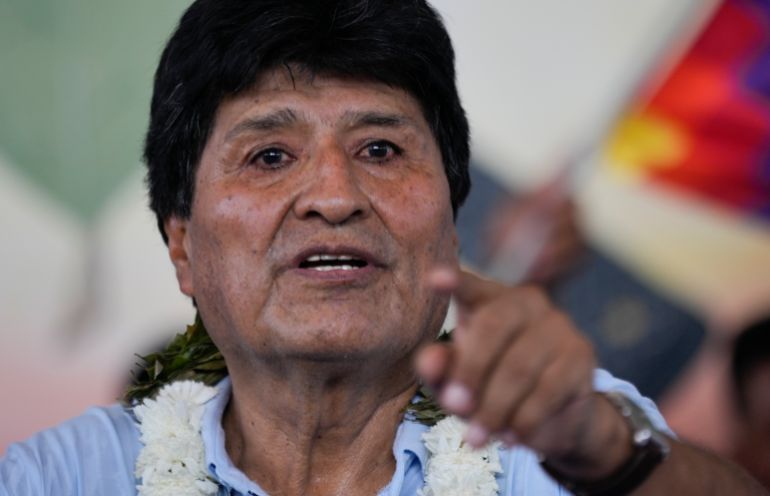
Morales continues to fight term limits
But a wild card remains on the left of Bolivia’s political spectrum: Morales himself.
Considered Bolivia’s first Indigenous president, Morales remains a relatively popular figure, though recent scandals have dented his broad appeal.
First elected as president in 2005, Morales was re-elected twice. But his attempts to remain in office culminated with the 2019 election and subsequent political crisis, which saw Morales resign and flee abroad amid accusations that his victory was the result of electoral fraud.
Morales has long sought a fourth term as president. In 2016, a referendum was put to Bolivia’s voters that would have scrapped presidential term limits, but it was rejected. Still, Morales appealed to Bolivia’s Constitutional Court, and in 2019, it allowed him to seek a fourth term.
That led to accusations that Morales had overturned the will of the voters in an anti-democratic power grab.
But the court has since walked back that precedent, reversing its decision four years later in 2023. It has since upheld that decision on term limits multiple times, most recently on Wednesday, effectively barring Morales from the upcoming August race.
Separately, last October, Morales faced charges of statutory rape for allegedly fathering a child with a 15-year-old girl while president. Morales has denied any wrongdoing and has sought to evade warrants issued for his arrest.
Media reports indicate he is holed up with supporters in the rural department of Cochabamba in the north of Bolivia.
Still, in February, Morales announced his bid for re-election. And on Wednesday, he denounced the Constitutional Court’s latest ruling upholding Bolivia’s two-term limit as a violation of his human rights. He also framed it as part of a broader pattern of foreign interference.
“It is a political and partisan ruling that obeys the orders of the eternal enemy of the people: the US empire,” he wrote on social media.
